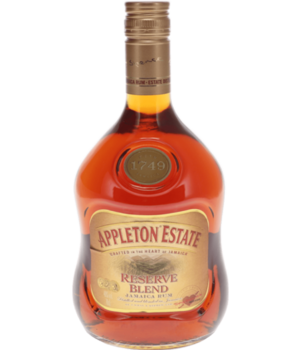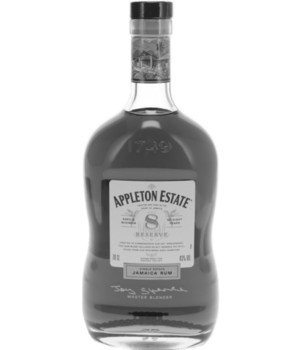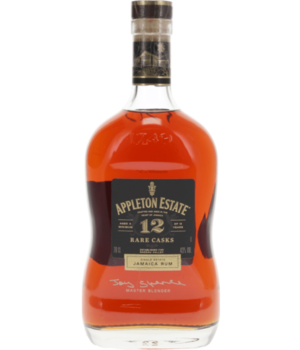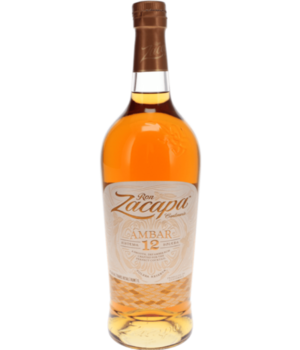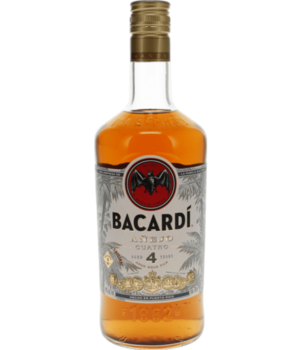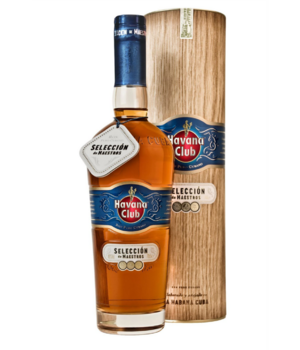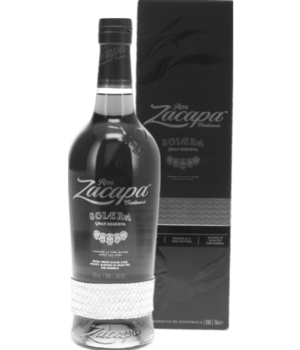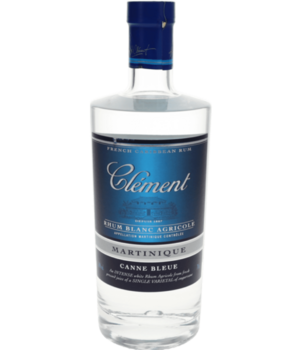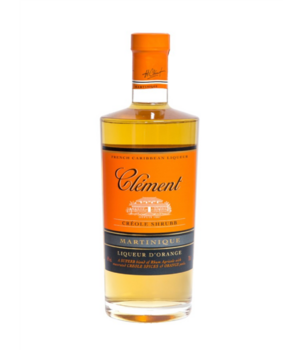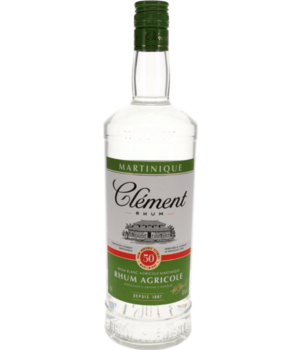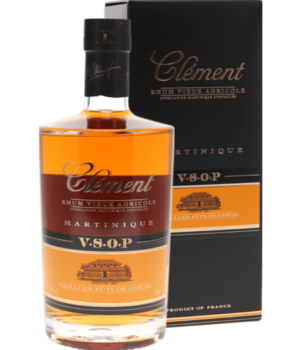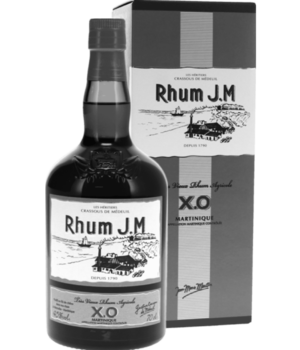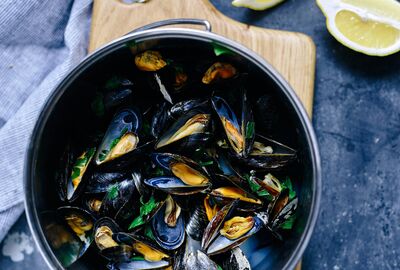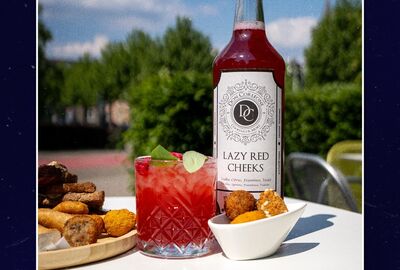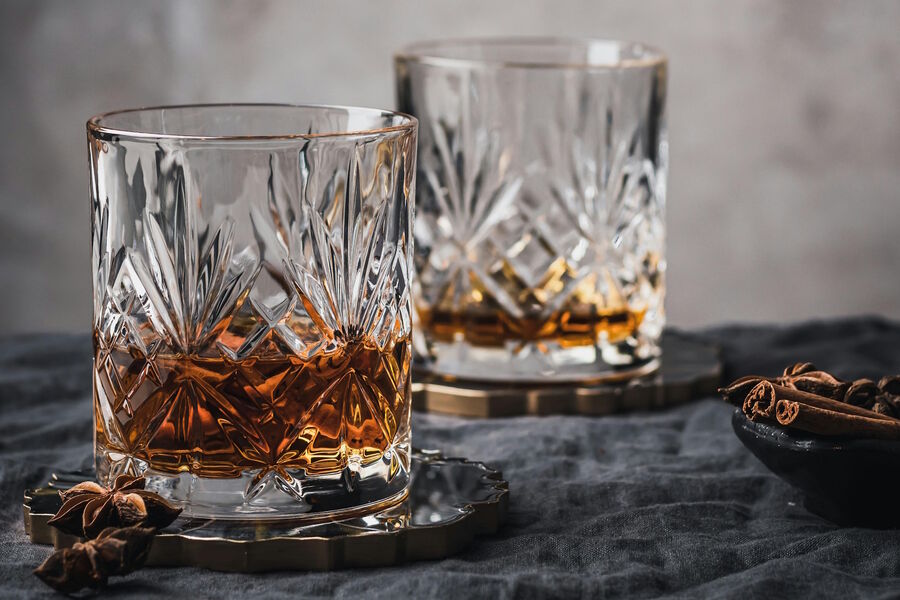
Rum is one of the most versatile and beloved spirits in the world. In our online and physical shop, you will find an extensive selection of rums, with a variety of flavours and styles. It is precisely this variety that makes rum the ideal drink to explore. And believe us, there is a lot to explore! In this blog, we take you through the different styles of rum - let's go!
Origin and history of rum
Before we delve deeper into the different styles of rum, let's tell you a bit more about its origins. Rum was first produced in the Caribbean in the 17th century, with the first documented production in Barbados around 1650. Production quickly spread to North America, especially to the colonies in New England, where rum became an important trade product.
Rum played a crucial role in the transatlantic slave trade, also known as the Triangular Trade. Slaves from Africa were brought to the Caribbean to work on sugar cane plantations, while sugar and rum were shipped to Europe and North America. Locals and workers often had access to the rum produced locally, making it a popular drink among the lower social classes. This gave rum a negative connotation and it was seen as the drink for the poor. Today, this image has completely changed is rum is a versatile and popular drink.
The three main types of rum
In general, we can distinguish three main types: English style, Spanish style and French style.
English style rum
- Characteristics: This rum is known for its full-bodied, rich and complex flavours. English style rum often has notes of molasses*, caramel, fruit and spices.
* Molasses is a syrupy by-product of sugar refining. It is created when sugar cane or sugar beet is processed to produce sugar. - Production: This style of rum is made from molasses and is often distilled in pot stills, resulting in a robust flavour profile. According to American Chemical Society, rums from pot stills contain more esters and higher alcohols, which contribute to the complex flavour.
- Countries where the specific style of rum is traditionally produced: Jamaica, Barbados, Guyana, Trinidad
- Well-known brands: Appleton Estate, Mount Gay, El Dorado
Spanish style rum (= Ron)
- Characteristics: Spanish style rums are lighter and sweeter, with a smooth and refined taste. These rums often have notes of vanilla, caramel and tropical fruit.
- Production: Made from molasses and often distilled in column stills, resulting in a lighter, purer rum. Column stills allow for more efficient distillation, giving the rum a more consistent character. Furthermore, these rums are aged in a so-called Solera system (*more on this later).
- Countries where the specific style of rum is traditionally produced: Cuba, Puerto Rico, Dominican Republic, Venezuela
- Well-known brands: Bacardi, Ron Zacapa, Havana Club
French style rum (=Rhum Agricole)
- Characteristics: French style rum has an earthy, grassy and sometimes floral flavour. It is often complex and can range from light and fresh to rich and spicy.
- Production: This rum is made from freshly squeezed sugarcane juice and usually distilled in pot stills. Production often follows strict standards, such as the AOC (Appellation d'Origine Contrôlée) in Martinique, ensuring consistent and high-quality production.
- Countries where the specific style of rum is traditionally produced: Martinique, Guadeloupe, Haiti
- Well-known brands: Rhum Clément, Rhum JM, Barbancourt
The Solera System
One of the most intriguing methods for ageing rum is the solera system, a technique that comes from Spain and has its origins in sherry production. The system consists of several layers of barrels, with the bottom layer, called the "solera," containing the oldest rum. The upper layers, the "criaderas," contain younger rum. The solera system functions by mixing rum from different layers of barrels. When a batch of rum is drained from the bottom layer (solera), the resulting space is filled with rum from the layer above it. In turn, this layer is replenished with rum from the upper layer, and so on. Finally, the upper layer is topped up with new, young rum. This process ensures that the rum is continuously replenished with young spirit, while older rum contributes to the complexity and depth of flavour.
Rum styles based on ingredients
Besides the three main types, Rum can also be subdivided based on ingredients. This is also the subdivision we use on our webshop. The main types are then as follows:
- Molasses (Molasses, syrup): Molasses is fermented and distilled, after which the rum can be aged in barrels. Molasses is a by-product of sugar production and contains many sugars that are converted into alcohol and complex flavourings during fermentation.
- Suger Cane Juice : This rum is known for its natural, unadulterated taste of sugar cane. In this rum, the juice is directly fermented and then distilled.
- Spiced rum: Base rum to which spices and sometimes additional flavours are added during or after the distillation process.
- Sugar Cane Syrup: Sugar cane syrup is fermented and distilled. The use of sugar cane syrup gives the rum a more concentrated and pure sugar cane flavour.
- Sugar Cane Honey: This substance, also known as "miel de caña" in Spanish, is a thick, syrupy liquid obtained by boiling the juice of sugar cane until it thickens, but before it crystallises into sugar. This method is less common and results in a rum with a unique, rich flavour.
- Arranged rum: Base rum is mixed with various flavourings and left to macerate for some time. This gives the rum a distinct and often sweet profile.
Other main styles
Rum can also be divided into the following styles:
- White rum: clear and light in flavour
- Gold rum: golden in colour, richer flavour than white rum with notes of caramel and vanilla
- Dark rum: dark, deep in colour, with rich and complex flavours such as molasses, chocolate and spices
- Spiced rum: flavoured with spices such as cinnamon, cloves and vanilla
- Overproof rum: high alcohol content, often above 50%
- Flavored rum: Added flavours such as coconut, pineapple or mango
The difference between white and dark rums
You don't need to be an expert to distinguish white rum from dark rum. The colour difference makes it easy to tell them apart with the naked eye. But how do these colour differences occur and what are the other differences between white and dark rums?
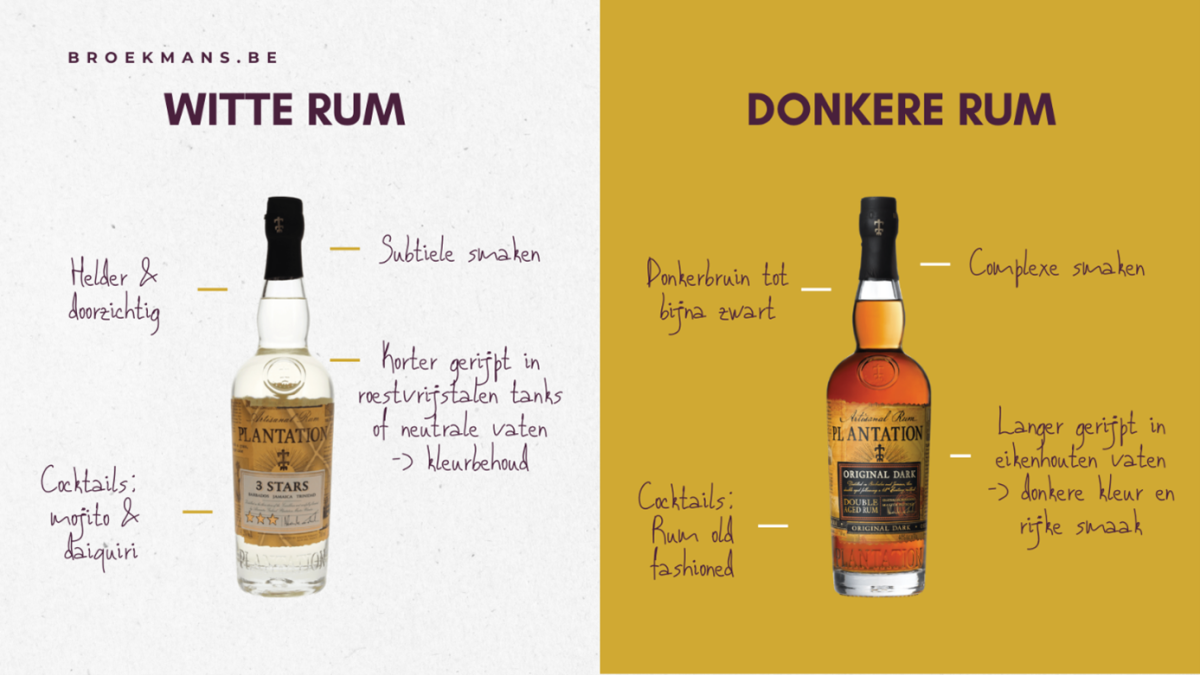
The difference between white and dark rum is mainly in the production methods and maturation times, resulting in different flavours, colours and uses. White rum is clear and translucent, has a mild and light flavour with subtle notes, and is often aged for a shorter time than dark rum, usually in stainless steel tanks or neutral barrels to preserve its colour. This rum type is popular in cocktails such as mojitos and daiquiris, where a subtle rum flavour is desired without affecting the colour of the drink.
Dark rum, on the other hand, is dark brown to almost black in colour, with a rich and full-bodied flavour that contains complex notes of caramel, vanilla and sometimes spices. This rum is aged longer in oak barrels, which contributes to its dark colour and rich flavour. Sometimes caramel is also added for extra colour and flavour. Dark rum is often used in cocktails where a stronger rum flavour is desired, such as in a rum old fashioned, or drunk pure as a sipping rum.

Marketing • Blogger
As a creative jack-of-all-trades in the marketing world, I also bring that imaginative flair to my drink choices. Whether on a night out, sunny vacation or social gathering with girlfriends, I'm always in my element with a refreshing cocktail in hand. Cocktails have stolen my heart because of the endless possibilities to experiment and explore. My favorite cocktail of the moment is the "Lazy Red Cheeks"! A delicious cocktail using vodka as a base. I love vodka because it mixes perfectly with non-alcoholic drinks. My favorite spirit? Rum!

